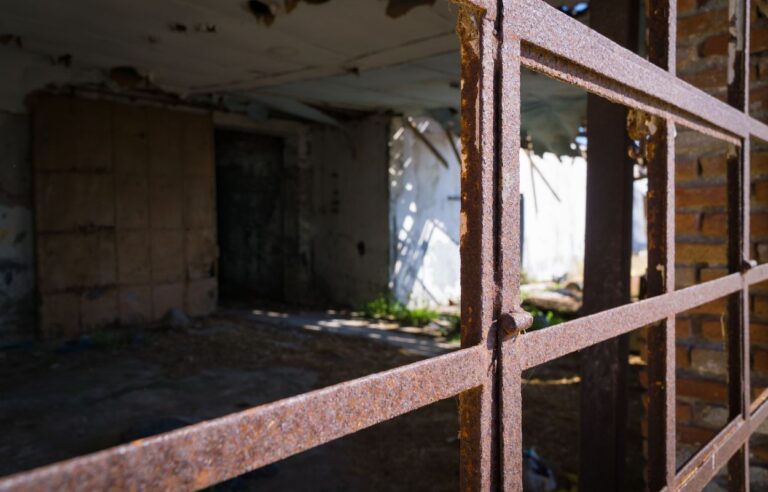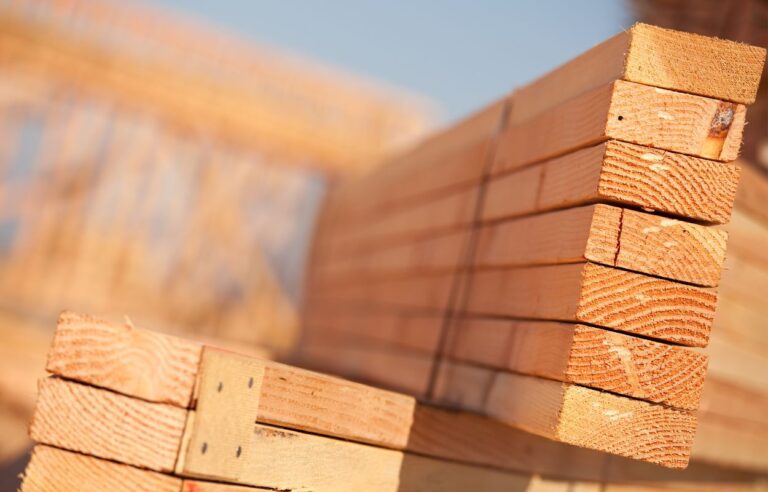
Demolition projects can generate significant amounts of debris, which can be costly to dispose of and harmful to the environment if not managed properly. Fortunately, there are strategies to minimize demolition debris, helping both the environment and your wallet. In this article, we’ll explore six effective ways to reduce demolition debris, ensuring sustainable practices for demolition services on Vancouver Island.
PLANNING AHEAD
Before starting any demolition project, thorough planning is essential. Assess the structure and identify salvageable materials that can be reused or recycled. By salvaging items such as doors, windows, and fixtures, you can significantly reduce the amount of waste destined for the landfill. Proper planning ensures that demolition debris is minimized from the outset, benefiting both the environment and your project’s budget.
SELECTIVE DEMOLITION
Rather than demolishing an entire structure, consider selective demolition techniques. This approach involves carefully dismantling specific components of a building, such as walls or flooring, while preserving others. Selective demolition allows for the salvage of valuable materials and reduces the overall amount of waste generated. By working with experienced demolition services on Vancouver Island, you can ensure that selective demolition is conducted efficiently and safely.
DECONSTRUCTION TECHNIQUES
Deconstruction goes beyond traditional demolition methods by systematically disassembling a structure to recover materials for reuse or recycling. This meticulous approach minimizes waste by salvaging materials like lumber, metal, and masonry for future projects. Deconstruction techniques not only reduce demolition debris but also contribute to resource conservation and sustainable building practices. Partnering with professionals who specialize in deconstruction can maximize the benefits of this approach for your project.
ON-SITE SORTING AND SEGREGATION
Implementing a waste management plan that includes on-site sorting and segregation of demolition debris is crucial for minimizing environmental impact. By separating materials such as wood, concrete, and metals at the source, you facilitate recycling and reduce the amount of waste sent to landfills. Effective on-site sorting requires clear signage, designated collection areas, and proper training for personnel involved in the demolition process. This proactive approach ensures that valuable resources are recovered and diverted from the waste stream.
RECYCLING AND REPURPOSING
Recycling plays a vital role in minimizing demolition debris and conserving natural resources. Many materials commonly found in demolition waste, such as concrete, asphalt, and metals, can be recycled into new products or used as fill material for construction projects. Similarly, repurposing salvaged items like furniture or architectural features gives them a new life while reducing the demand for virgin materials. Embracing recycling and repurposing initiatives helps close the loop on the demolition process, promoting sustainability and circular economy principles.
COMMUNITY DONATION PROGRAMS
Consider donating reusable items from your demolition project to local charities or community organizations. Furniture, appliances, and building materials in good condition can find new homes through donation programs, benefiting those in need while reducing waste. Many communities on Vancouver Island have initiatives that accept donations of gently used items and distribute them to individuals or families facing economic hardship. By participating in these programs, you not only minimize demolition debris but also contribute to social welfare and community resilience.
Minimizing demolition debris is essential for promoting environmental sustainability and responsible construction practices on Vancouver Island. By incorporating strategies such as salvage, selective demolition, and recycling, demolition services can significantly reduce their impact on the environment while also saving money. Through careful planning, efficient execution, and community engagement, we can work towards a future where demolition projects leave behind minimal waste and contribute to a more sustainable built environment.





